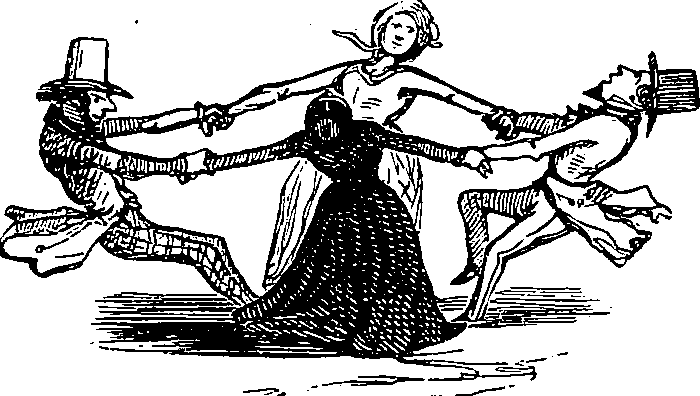Economic mechanism design
Designing markets and games to achieve what we collectively want from what we individually want
September 22, 2014 — October 6, 2024
Suspiciously similar content
Theory of incentive mechanisms, where we can plug numbers into sufficiently abstract models and maybe extract computational complexity results, and get economic optimality as a side effect. Or the other way around.
Every blockchain-style cryptowhatsit is a mechanism design problem. Better governance is a mechanism design problem.
I would like to keep this page for the provable and elegant pure economic arguments; but in reality, we face a much more heuristic, messy world, where we do not simply solve for economic optimality, but also for political feasibility. I think of that as soft mechanism design.
1 Public goods
See public goods for more.
2 Voting systems
See voting systems.
3 Fair division
Especially cake-cutting.
spliddit, a website to use optimal cake-cutting algorithms to allocate credit/rent/whatever (Goldman and Procaccia 2015).Oops, their site went down (N. Shah 2017). Code here: nisarg89/spliddit
Alternative: the New York Times rent calculator, as mentioned in Albert Sun’s article Sun (2014) about Su’s research into Sperner’s lemma (Su 1999).
Erica Klarreich’s exposé: The Mathematics of Cake Cutting
4 In machine learning
For now, see adversarial learning and adversarial networks.
5 Tutorials
Aaron Roth’s Algorithmic Game theory course:
In this course, we will take an algorithmic perspective on problems in game theory. We will consider questions such as: how should an auction for scarce goods be structured if the seller wishes to maximize his revenue? How badly will traffic be snarled if drivers each selfishly try to minimize their commute time, compared to if a benevolent dictator directed traffic? How can couples be paired so that no two couples wish to swap partners in hindsight? How can you be as successful at betting on horse races as the best horse racing expert, without knowing anything about horse racing? How can we set prices so that all goods get sold, and everyone gets their favourite good?
6 Quota tokens
Case study. One that I studied in my honours thesis back in the day was the transferable quota system for fisheries management. This is a system where the government sets a total allowable catch for a fishery, and then divides this up into individual quotas that can be traded. It is an elegant system; it looks like it makes the fishers internalize the externalities of overfishing, and it can be shown to be efficient in a competitive equilibrium. (Aslin, Connor, and Fisher 2001; Connor and Alden 2001; Connor 2004; Grafton et al. 2006)
7 Incoming
Mechanism Design on the AI Alignment Forum
Related Pages: Game Theory, Incentives, Principal-Agent Problems, Cryptocurrencies and blockchain, Public discourse
Related Sequences: Mechanism Design


